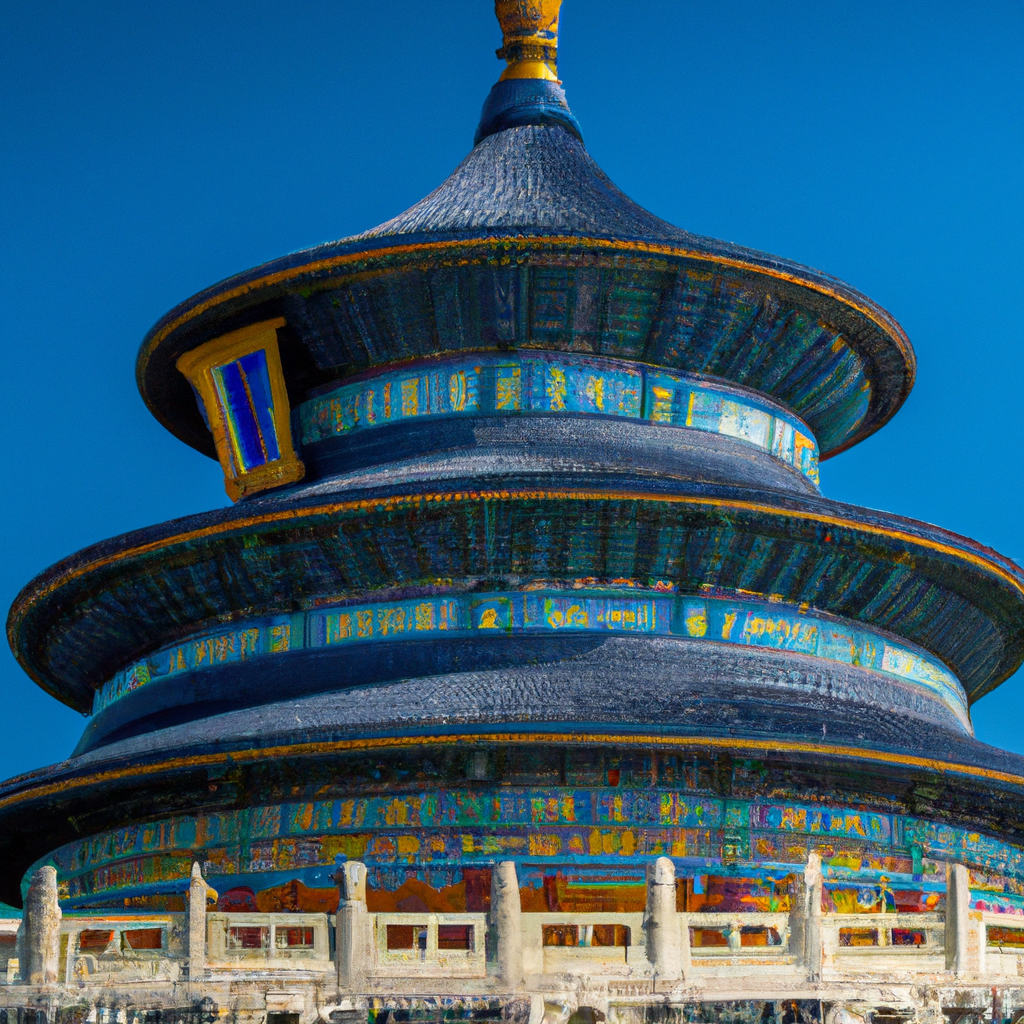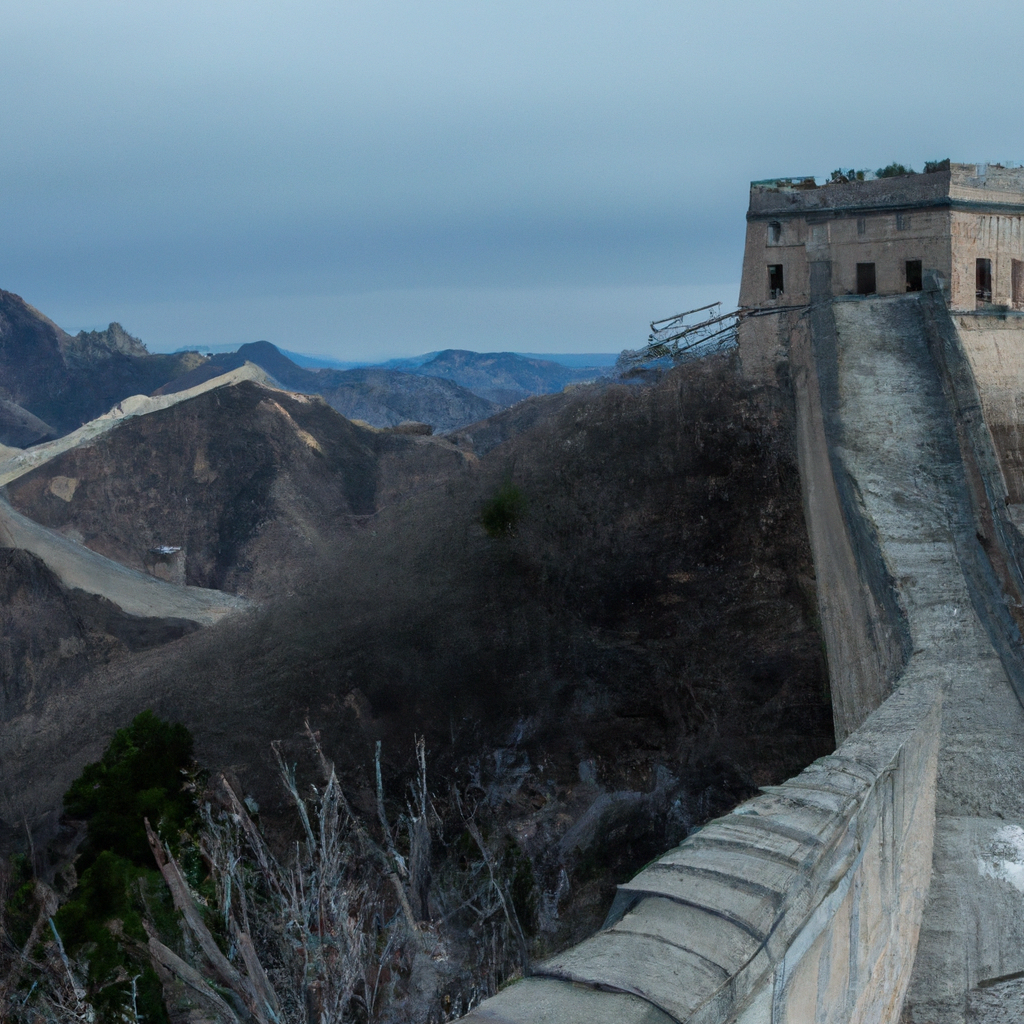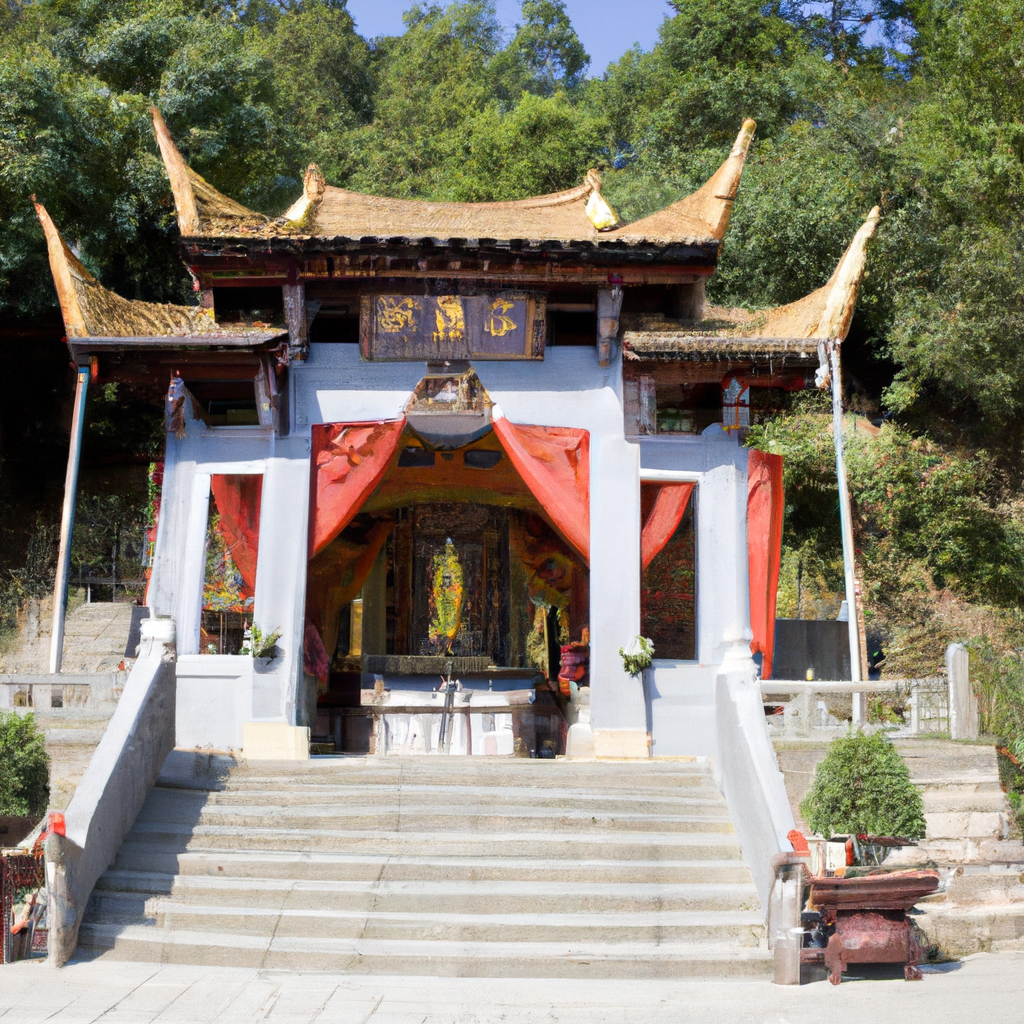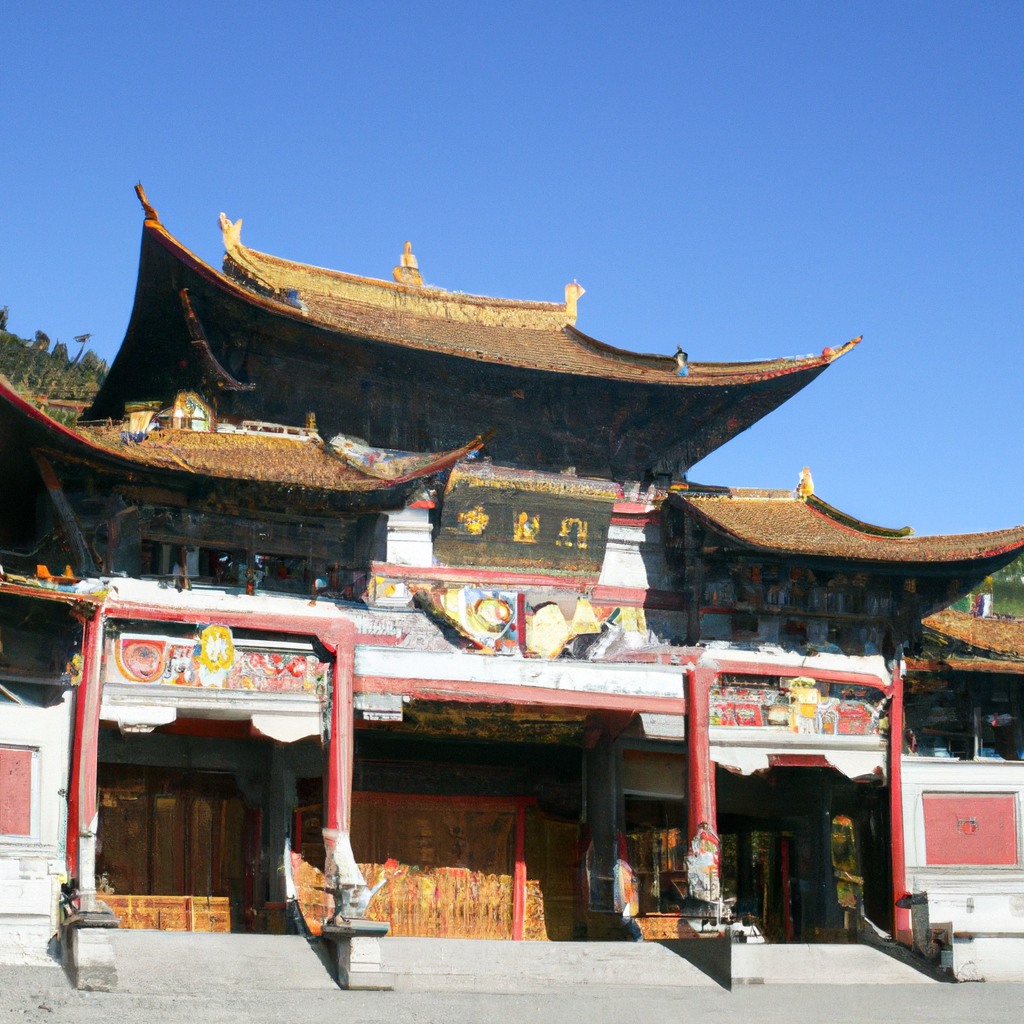Temple of Heaven in Beijing In China: Overview,Prominent Features,History,Interesting facts
Overview:
Temple of Heaven in Beijing is a sacred imperial complex of religious buildings. It is located in the southeastern part of central Beijing and covers an area of 2.73 square kilometers (1.7 square miles). It was built from 1406 to 1420 during the reign of Emperor Yongle (the third emperor of the Ming Dynasty). The site was chosen for its religious and symbolic significance: the Heaven Temple was constructed along an axis that extends from north to south to represent the traditional belief that the emperor’s power to rule was handed down to him from the heavens. In 1998, Temple of Heaven was named a UNESCO World Heritage Site. Today, it is a popular tourist destination, with several sites of historical significance, as well as many parks and gardens for visitors to explore. These include the Imperial Vault of Heaven, the Hall of Prayer for Good Harvests, and the Circular Mound Altar. The complex also contains a memorial hall honoring the emperors from eight dynasties who worshipped here, as well as a display of Confucius' teachings. It is one of the most beautiful monuments in China
Prominent Features:
The Temple of Heaven is a complex of religious buildings situated in southeastern Beijing. The temple complex was visited by the Emperors of the Ming and Qing dynasties for annual ceremonies of prayer to Heaven for good harvest. It has been regarded as a Taoist temple, although Chinese Heaven worship, especially by the reigning monarch of the day, pre-dates Taoism. The temple complex was constructed from 1420 to 1420 during the reign of the Yongle Emperor, who was also responsible for the construction of the Forbidden City in Beijing. The complex was extended and renamed Temple of Heaven during the reign of the Jiajing Emperor in the 16th century. The Temple of Heaven is renowned for its architectural characteristics. The whole Temple is designed with majestic builidngs and beautiful gardens, and it represents an outstanding expression of traditional Chinese arts and architecture. It has a circular shape, symbolizing the belief that heaven is round and earth is square. It has three main structures – the Hall of Prayer for Good Harvests, the Imperial Vault of Heaven and the Circular Mound Altar. These structures are surrounded by a wall and gardens and linked by a raised walkway called the Vermilion Steps Bridge. The Temple of Heaven is a highly visited tourist site and is listed by UNESCO as part of the world heritage. You can learn history, culture, and heritage through these magnificent monuments in China.
History:
, the Temple of Heaven, located in Beijing, has been a place of worship for the Chinese people for centuries. The first recorded instance of a temple dedicated to Heaven was during the Zhou Dynasty in the 11th century BC. This temple may have been the origin of the modern day Temple of Heaven. During the Song Dynasty (960-1279) the temple was expanded and soon became a popular venue for imperial ceremonies and events. Rulers from the Yuan Dynasty (1279-1368) would come to pray for a good harvest each year. In the 16th century during the Ming Dynasty (1368-1644) a new temple complex was built on the southern side of Beijing with the Temple of Heaven as its focal point. The new temple complex was built on a rectangular axis symmetrically surrounding the Hall of Prayer for Good Harvests. During the Qing Dynasty (1644-1911) many of the existing structures were renovated. Today, the Temple of Heaven remains much as it was during the Qing Dynasty. It is now a popular tourist attraction in Beijing and is the most visited temple in the country. Visits to the temple often include performances of traditional Chinese music, rituals, and offerings of food, incense and fruits to the gods. Visit one of the famous monuments of China with your friends and family.
Interesting facts:
1. The Temple of Heaven was built in 1420 during the Ming Dynasty. 2. It was used by the emperors of the Ming and Qing dynasties for annual ceremonies of prayer to Heaven for good harvest. 3. It covers an area of 2.73 million square meters, making it the largest of its kind existing in China. 4. The Temple of Heaven is surrounded by an elongated wall, which is level on the inside and rises and falls on the outside for the symbolic purpose of showing that the cosmic power holds the universe in an orderly manner. 5. The main buildings in the complex, namely the Circular Mound Altar, the Imperial Vault of Heaven and Hall of Prayer for Good Harvests, are built in the center of the complex. 6. The main buildings are arranged in a unique triplegle pattern around a large central axis, symbolizing the relationship between Heaven, Earth, and humanity. 7. In 1998, the Temple of Heaven was enlisted as a World Heritage Site by UNESCO. One of the historical monuments of China, it tells the story of a bygone era
Explore China most popular tourist destination with us. Temple of Heaven in Beijing In China: Overview,Prominent Features,History,Interesting facts,which is 35.14 km away from China main town, is the most popular destination to add in your travel wishlist.
-
City:
China
-
state:
Beijing
-
country:
China
-
country code:
CN
-
postcode:
100061
Location:
Beijing China

















